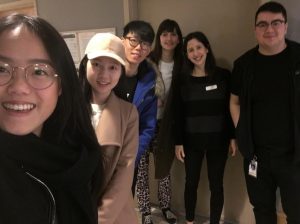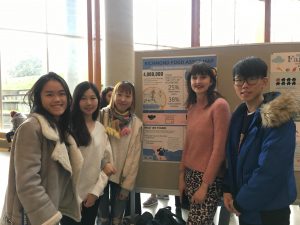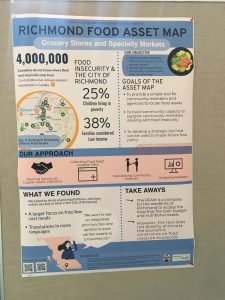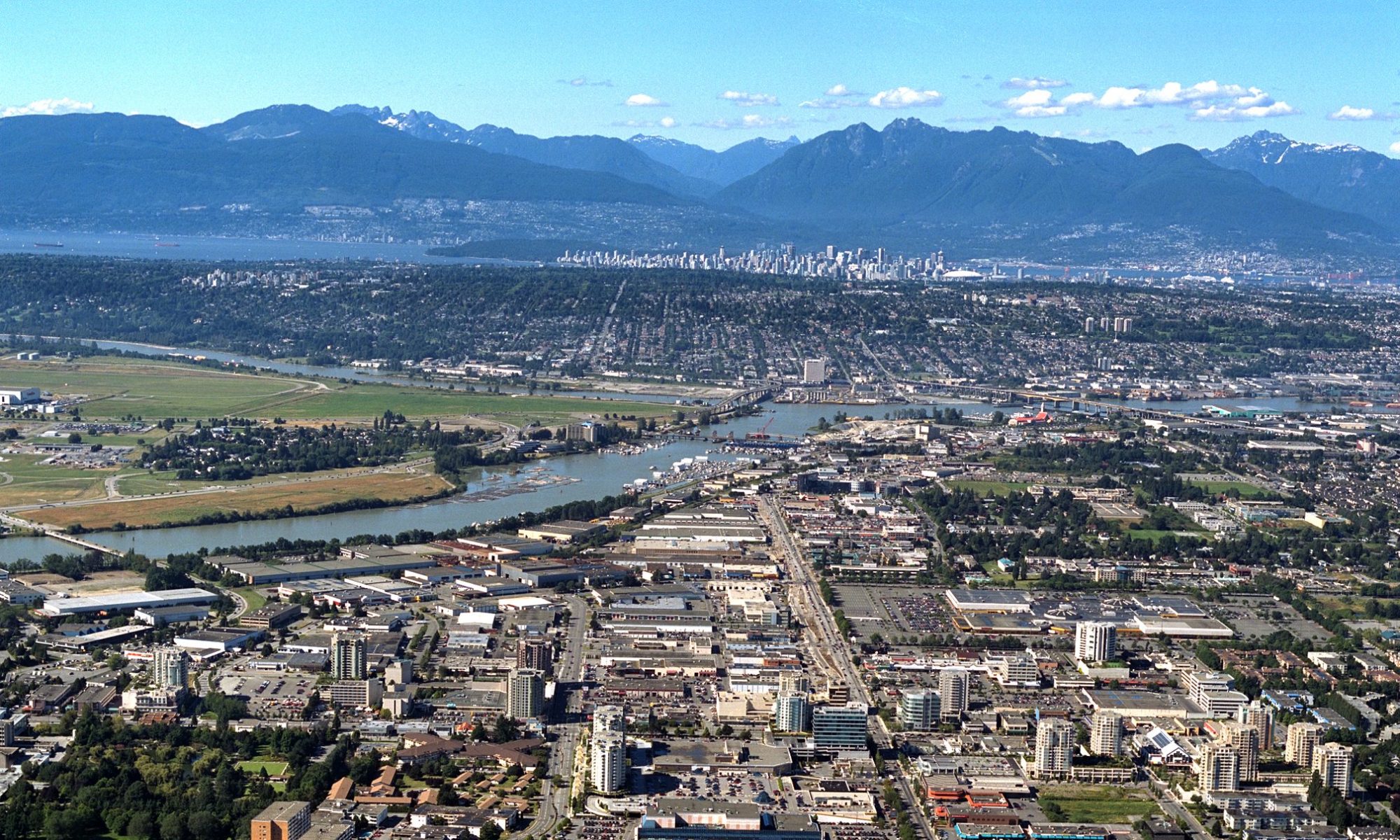What we aimed to do (Week 10 – 12)
WEEK 10 (March 12 – 18th)
- Finalize the excel spreadsheet with community partners
- Phone meeting with community partners on March 15th
- Set up interview times with community member about the RFAM
WEEK 11 (March 19th – 25th)
- During the tutorial, list out information we want to put on our infographic
- Have a group meeting on March 20th pm to talk about upcoming deadlines
- March 23rd morning, submit the first version of the infographic
- Receive feedback and make changes over the weekend
- Submit final version of the infographic by March 25th
- Start on blog post #4
WEEK 12 (Marc h 26th – April 2nd)
h 26th – April 2nd)
- Presentation of the infographic on March 26th
- Complete and submit blog post #4 on 29th
- Over the weekend, start discussing the final group paper and how we are going to split up roles
- Meeting in person on April 3rd to work on the final paper together
What we achieved so far…
WEEK 10 (March 12 – 18th)
- Sent out an email to community members scheduling an interview time
- Finalised the excel documents with community partners through email
- March 14th: completed phone interview with Andrea
- March 15th: had a phone meeting with community partners regarding instructions for interviewing process
- March 16th: had an in-person interview with Lisa from GF Strong about the RFAM
WEEK 11 (March 19 – 25th)
- Generated a list of information we want on the infographic
- Had a group meeting online on March 20th regarding upcoming responsibility and making sure everyone is on track
- Submitted the first version of the infographic on Canvas
- Received feedback on the infographic from Will
- Edited and submitted the final version of the infographic
- Started on blog post #4
WEEK 12 (March 26th – April 2nd)
- Presented our infographic at the nest on March 26th
- Completed and submitted blog post #4
- Finish off our final report
“Coming together is a beginning. Keeping together is progress. Working together is success.” – Henry Ford

We can safely say our Land Food, and Community II endeavors have been a success! Group 4 has come a long way from our humble beginnings in room 258 back in January. There were certainly many ups and downs throughout the course of the project. We even did a little assessing of our own community-based assets, if you will, when we felt we needed to change up our action plan for the completion of the project. Over the last two weeks, we’ve seen a significant improvement in how we communicate together. In addition to learning about how people have the ability to impact food security, we, as peers, learned ways to can support each other in our group.
As a group with a diverse background, we tended to have different perspectives. We have also learned to respect one another’s ideas, and by working collaboratively we always managed to come to a consensus. By doing so we were able to learn from each other’s mistakes and grow as a team to further improve our skills. And of course, there were times that the team went above and beyond the requirements which were greatly appreciated. This whole experience has been magnificent to each of us. The most significant moment of our whole journey came shortly after we presented our poster for the first time to a real audience.
2:00pm Monday, March 26th – The student union building was buzzing with our classmates, various community partners, and hundreds of other students. Right away Anne Swann, the beloved VCH dietitian who is leading our project, had sought out our poster right away. She was waiting for us. Suddenly it dawned on us that this was the moment we had all worked to prepare for. Our minds raced with nervous questions as we weaved through the crowd to greet her. How long has she been waiting? Does she like our color scheme? Did anyone forget their deodorant? Smiling through any lingering nervousness, Kelly and Emily delivered their speech excitedly and clearly. Score. We made it, right? Wrong. After carefully inspecting the feedback from our interviews in a section of our infographic, Anne’s brows furrowed and she began to fire questions at us.
At first, this was scary. We thought we had done something wrong. However, it soon became clear she wasn’t telling us how we could improve our approach, but rather to probe us for insight on how to improve the asset map. A professional was asking us how we thought we could improve a living breathing community asset. Never before had any of us have been able to apply the knowledge we learned in a course to a real-world initiative. That realization was empowering for all of us. The work we have done this term may be applied to the Richmond Food Asset Map (RFAM) in the future and potentially other maps Vancouver Coastal Health coordinates.
Here are some challenges that we faced…

Time Management
Although everyone in our group is from the same faculty, many of us have different majors. It can be difficult to find a time where everyone is free and is able to get together outside of class time. In addition, many of us have a full course load with lots of exams and assignments. This costs us to lose track of when blog posts, assignments, and deadlines with community project are due. We really struggled with this challenge in blog post #2. Blog post #2 was due during midterm season, many of us were busy with other course load and did not have time to complete this assignment. As a result, we didn’t start working on the post until one day before it was due. Everyone felt flustered and stressed rushing to complete the assignment.
Assigning Roles
Being a group of 5 people, it was hard to know who is working on what without assigning roles. Especially when it comes to written assignments, there can be an overlap of information due to miscommunication in everyone’s responsibility. So it is important to assign roles amongst the five of us in order to work effectively and efficiently according to our strengths. As each of us has different characteristics and strengths, we have taken full advantages to achieving our goals by doing this along the way. For instance, some may be better at visuals and design while others have excellent communication skills.
Completely the community project in the right format
There are many criteria and rules we had to follow when collecting data for our community project. When entering data into the excel spreadsheet shared with our community partner, we had to make sure we are filling it in a format that they wanted. Consistency on formatting is one of the top priorities as we are anticipating RFAM as a widely used tool for the City of Richmond.
Grammar
It is no surprise that none of us have perfect grammar. Very often, we tend to make a substantial number of grammatical mistakes on a blog post or any other assignment. While it is hard to catch our own grammatical error, we will always proofread each other’s work, aiming to lessen as much error as possible.\
“Many ideas grow better when transplanted into another mind than the one where they sprang up.” – Oliver Wendell Holme
What we did to overcomes the challenges
Setting early deadlines
By setting early deadlines beforehand, it gives us more time to think. If we give ourselves too much time for work to be done, we will just end up procrastinating more than working. We also don’t want to rush our work cause it will often result in a piece with poor quality. It always feels rewarding and satisfying when we finish our work ahead of time and not have to worry about it later.
Making to-do lists
An effective to-do list helps our team break down tasks and keeps everyone well-organized. Especially in LFS 350, where all the assignments are usually less direct and intuitive. Sometimes it is hard to have an even division of work between team members. It is easier for the team to divide the work up and have a clearer picture of the problems we are solving. So that we can cooperate in a more effective manner.
Frequent Communication with Community Partners
Communication is key to success in a group project because we are constantly working with others. Sometimes communication is not very clear, that’s why we need frequent communication to help clarify a concept or issue. Frequent communication through email and phone call also keeps everyone in the project up to date and also have the chance to hear everyone’s opinions.
“The Editor” Position
It is important to keep everything, especially for the writing because style varies from person to person. Since work is assigned to each group member and completed individually, we decided to have one person as an editor, who will review the writing and deal with the grammar to ensure flow in our writing.
Now What …
After finishing the infographic poster and the final project presentation, the three-month project is finally coming to the end. During the presentation, we had the opportunity to share with the public what we have had achieved throughout the course of the term. Additionally, we had a great talk with our community partner, receiving feedback her as well as other dietitians. We also provided our own suggestions for the improvement of the Richmond Food Assets Map in the future such as language translation. Lastly, we are going to wrap up our project by writing the final project report. As we have accomplished a lot within the three months, we are proud and excited to present the experience and the process.
